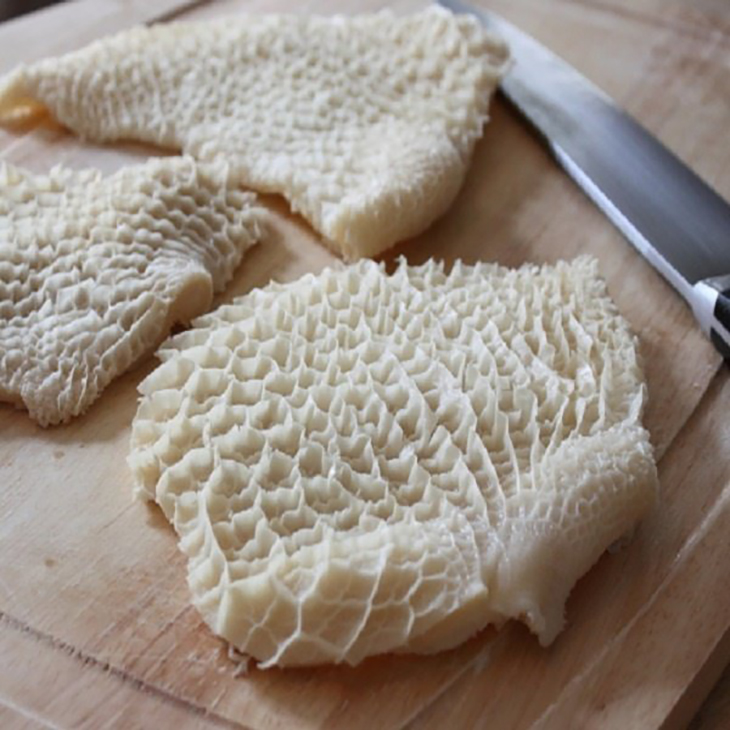6. Tripe

Tripe, commonly known as offal, is a type of meat derived from the stomach lining of agricultural animals such as cows, pigs, sheep, and goats. It has long been used as a healthful source of protein by cultures all over the world. It can be found in traditional Asian, African, European, and American cuisines. Tripe is most typically consumed in the form of soups, stews, sauced meals, and sausages. Because of its distinct aroma and mild flavor, it is frequently seasoned and paired with other savory meals. Aside from being a good source of protein, tripe is also high in important elements. Scientists have discovered that it may be a beneficial complement to a balanced diet if consumed in moderation. Tripe is also a good source of selenium. According to research, selenium is an essential component of your body’s signaling and defensive systems. A diet high in selenium has been related to a lower risk of certain cardiac problems, infertility, and arthritis. Tripe is a high-protein meat that is high in vitamins and minerals. It has a lot of potential health benefits when consumed in moderation. Tripe, while high in nutrients, has a few drawbacks, especially when consumed in big quantities. Before including tripe into your diet, consider the following potential hazards: Tripe has a high dietary cholesterol content when compared to other cuts of beef. Up to 108 mg of cholesterol can be found in a single three-ounce meal. That’s almost one-third of the daily recommended total cholesterol requirement. While many bodies can properly handle dietary cholesterol, other people have a stronger reaction to this type of cholesterol. Consult your doctor before including tripe into your diet if you have high cholesterol. Unless properly cooked, tripe can be difficult to eat. Tripe’s low fat content makes it a fantastic low-calorie protein source, but it also makes it easy to cook into a rubbery texture. Remember this if you have dentures or sensitive teeth.



